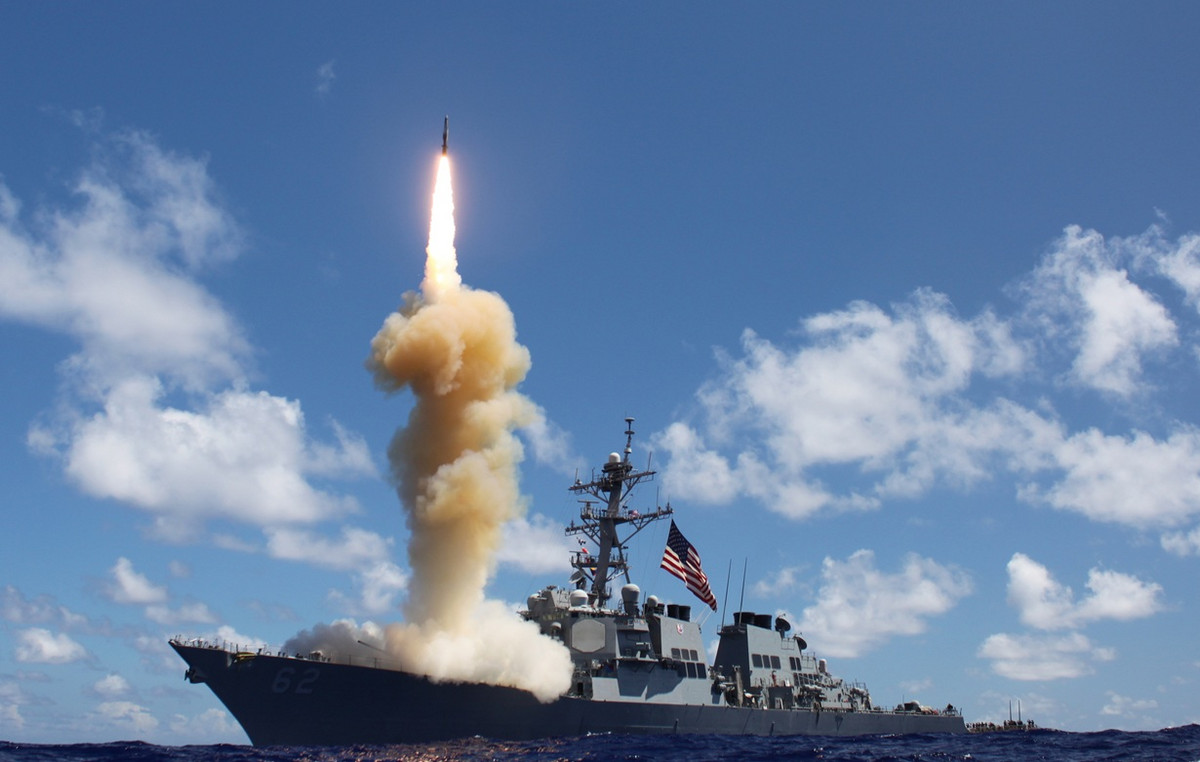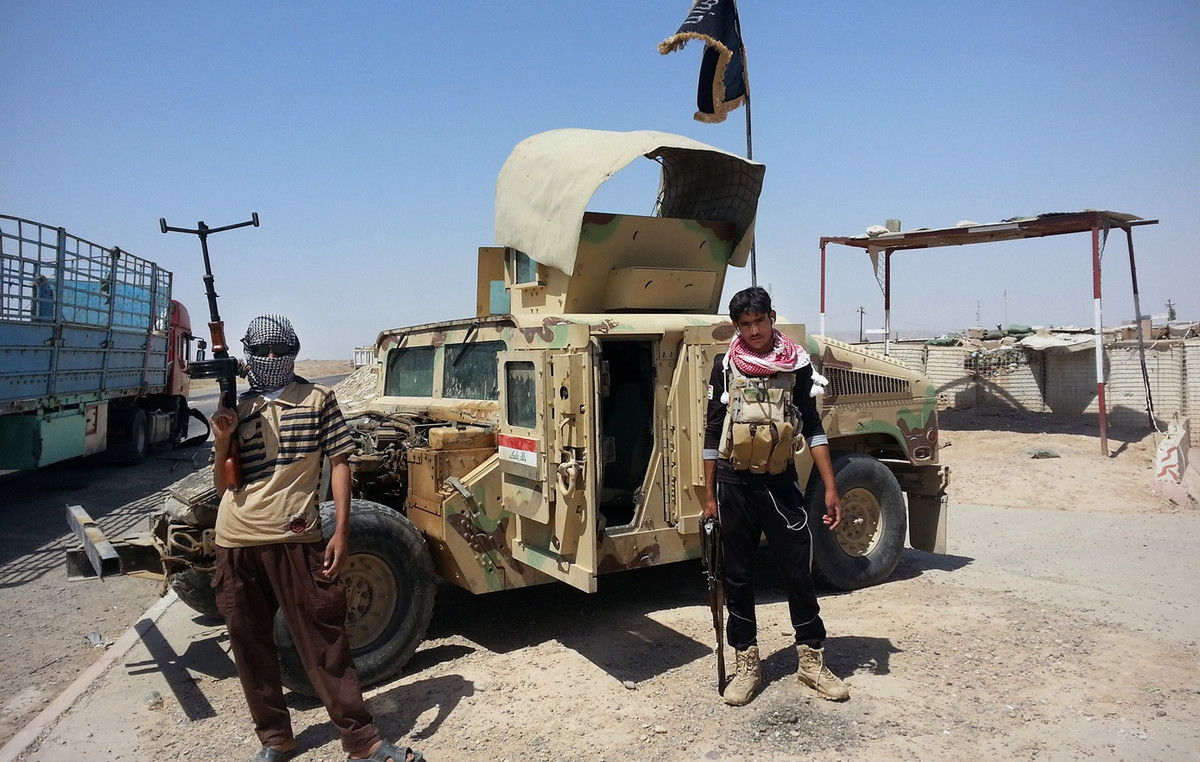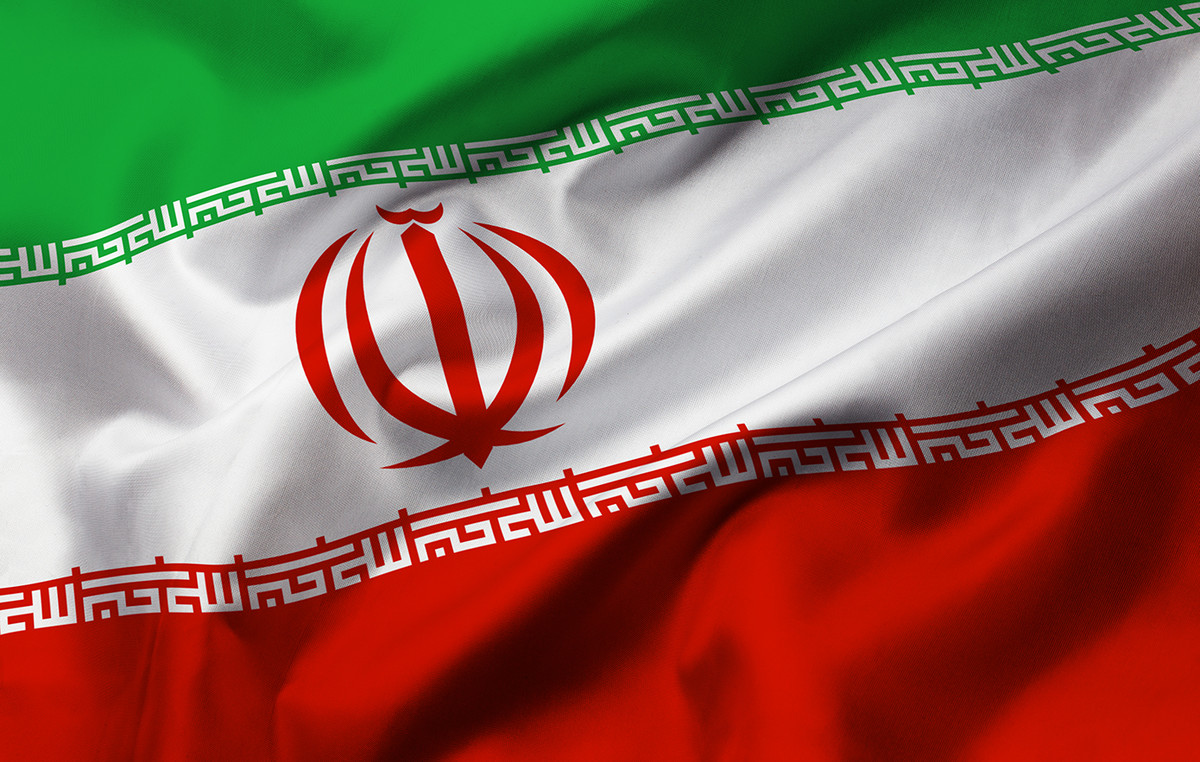NASA and Spacex launched on Friday (14) a crew to the International Space Station, which will allow you to bring back American astronauts Butch Wilmore and Suni Williams, who had been trapped in the orbital laboratory for nine months.
Spacex Falcon 9 rocket took place around 8 pm Brasilia time from the Kennedy Space Center in Florida, taking four astronauts who will replace Wilmore and Williams, both NASA veterans and former US Navy tests, who were the first to fly in Boeing’s Starliner Capsule to the International Space Station (ISS) June.
However, problems in the Starliner’s propulsion system during the flight forced an extension of the planned stay initially for eight days, as NASA considered it very risky that they returned to Earth in the capsule in September last year.
Although it was a routine crew rotation flight, Friday’s Crew-10 mission also represents a crucial and awaited step to bring the astronaut duo back to Earth. They are expected to leave the station on March 19, after the Crew-10 astronauts arrived on Saturday night (15).
The mission was entangled on political issues, with President Donald Trump and his advisor Elon Musk, who is also CEO of Spacex, stating without evidence that former President Joe Biden left astronauts at the station for political reasons.
“We have been prepared to stay for a long time, although we planned to stay short,” Wilmore said, adding that he did not believe that NASA’s decision to keep them on ISS until the Crew-10 arrived was influenced by politics.
“This is what your nation’s manned space flight program is,” he said, “planning for unknown and unexpected contingencies. And we did it. ”
NASA states that the two astronauts had to stay at ISS to maintain the minimum crew level.
After seeing their mission becoming a normal NASA crew rotation for ISS, Wilmore and Williams have conducted scientific research and routine maintenance with other astronauts.
“Unusual” flight preparation process
Trump and Musk’s demand for an early return was an unusual intervention, and NASA advanced the Crew-10 mission, which was scheduled for March 26, exchanging a Spacex capsule delayed for one that would be ready earlier.
The pressure of Musk and Trump impacted NASA’s preparation and safety process, which usually follows a well -defined course.
NASA’s commercial crew program manager Steve Stich said the “fast pace of operations” from Spacex required NASA to alter some of the ways as flight safety checks.
The agency had to deal with some “last -minute problems,” as NASA’s head of space operations explained, Ken Bowersox, reporters, including investigating fuel leakage in a recent Spacex Falcon 9 launch and the wear of a coating in some of the tripulation dragon capsule drivers.
Bowersx said it was difficult for NASA to follow Spacex: “We are not as agile as they are, but we are working well together.”
When the new crew arrives at the station, Wilmore, Williams and two other astronauts-NASA Astronaut Nick Hague and Russian cosmonaut Aleksandr Gorbunov-will be able to return to Earth in a capsule that has been coupled to the station since September as part of the previous Crew-9 mission.
This content was originally published in NASA sends mission to rescue astronauts arrested at the space station on CNN Brazil.
Source: CNN Brasil
Bruce Belcher is a seasoned author with over 5 years of experience in world news. He writes for online news websites and provides in-depth analysis on the world stock market. Bruce is known for his insightful perspectives and commitment to keeping the public informed.







